Hunt waterfowl in the numerous ponds and peaceful prairies of North Dakota, America’s Duck Factory.
A lot of North Dakota has been appropriately dubbed the Prairie Pothole region—an area that millions of pintails, teal, mallards, and canvasbacks migrate to each year. And for good reason. You can find ponds and potholes in the east and wetlands in the grasslands of the west. This wet prairie landscape offers migrating waterfowl the perfect habitat of grass and grain.
Most of this land is privately owned, which means that you’ll often have to gain permission from landowners for waterfowl hunting in the state. You can locate walk-in access land easily through programs like Private Land Open to Sportsmen (PLOTS). Numerous places offer guided hunts. In addition to private land, the State Land Department manages about 700,000 acres and wildlife management areas account for about 200,000 acres.
Waterfowl rest areas are closed from September 22 through December 31. It goes without saying that you cannot hunt these areas (https://gf.nd.gov/regulations/small-combined#birds) when they’re closed.
Residents pay either $10 for a small game license, $20 for a general game and habitat license or $50 for a combination license. Both residents and nonresidents must register annually for the Harvest Information Program. Anyone over 16 will need a $25 federal migratory bird stamp.
Nonresidents can get either a statewide or zone-restricted license. The $150 statewide license is good for a two-week period or two single-week periods. Zone-restricted licenses cost $100 and require the hunter to select one of the three hunting zones in the state.
The season for waterfowl hunting in North Dakota begins September 22 for residents and a week later for nonresidents.
Canada Geese Hunting
The season for Canada geese varies depending on the zone. The Missouri River zone ends December 28 with a daily bag limit of 5. Both the Western and Eastern North Dakota zones have a daily bag limit of 8 and end December 21 and 16, respectively.
Ducks, Mergansers, and Coots
You can hunt for the waterfowl of the high plains until December 2 and again December 8 to December 30. Six ducks is the bag limit, further broken down by species: 2 hens or 5 mallards, 3 wood ducks, 3 scaup, 2 canvasbacks, 2 pintails, and 2 redheads. The Prairie Pothole region is especially good for redheads.
Hunters may take an additional 2 blue-winged teal until October 7. The season for low plains ducks, mergansers and coots ends December 2.
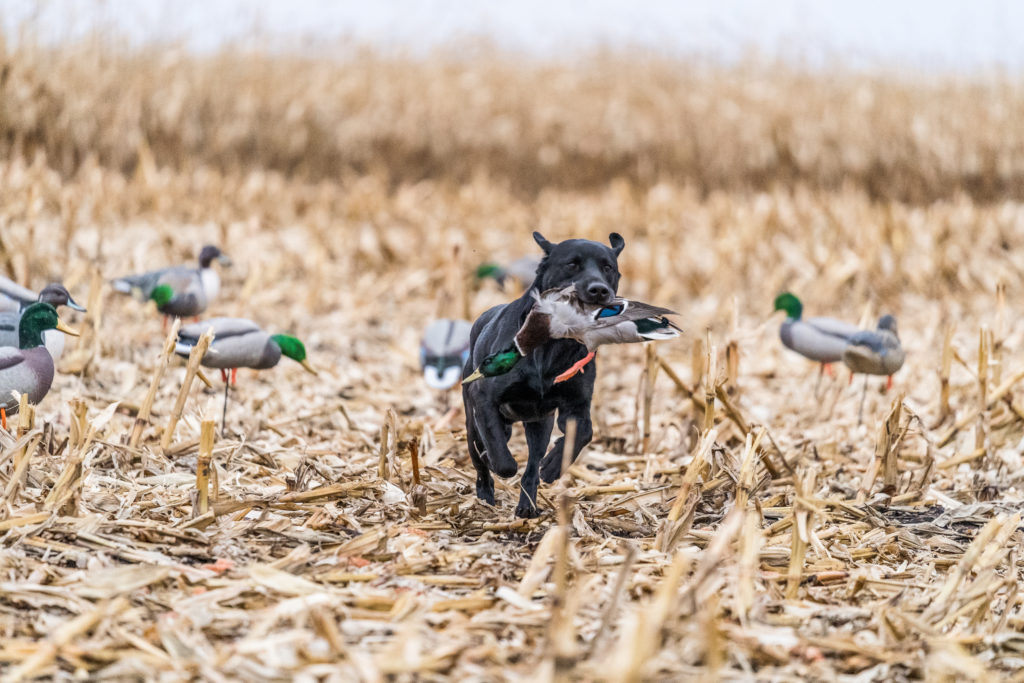
White-fronted Geese
While waterfowl hunting in North Dakota during migration, you will find white-fronted geese feeding on agricultural crops. White-fronted geese also graze on foliage and tubers on tundra breeding grounds.
You can hunt for white-fronted geese until December 2. The daily bag limit is 3.
Light Geese
Plenty of light geese, like the lesser snow goose and Ross’s goose, come to North Dakota during migration.
Their season ends on December 30 with a daily bag limit of 50.
Other Species for Waterfowl Hunting in North Dakota
Swan season opens September 29 for anyone who has specifically purchased a swan license. One tag per hunter is allowed for anyone after tundra swan from September 29 to December 30.
Related Conservation and Non-Profit Organizations for North Dakota Waterfowl Hunting
Delta Waterfowl South Dakota Chapter
“Delta Waterfowl Foundation is The Duck Hunters Organization, a leading conservation group working to produce ducks and secure the future of waterfowling in North America. Headquartered in Bismarck, N.D., and Winnipeg, Manitoba, Delta delivers on this mission for you, the duck hunter…”
Ducks Unlimited North Dakota Chapter
“Ducks Unlimited conserves, restores, and manages wetlands and associated habitats for North America’s waterfowl. These habitats also benefit other wildlife and people. Waterfowl conservation is facing important challenges as wetlands and other habitats are being degraded and destroyed across the continent.”
North American Versitle Hunting Dog Association (NAVHDA) – Central Dakota Chapter
“To provide a place and positive environment where members can meet to further their goal of owning a fully-trained versatile hunting dog. Our chapter is volunteer-run, and for that reason, our members are the heart of our chapter. Without our members, the activities and opportunities we have for improving our personal training skills and the skills of our bird dogs wouldn’t be possible. Our chapter welcomes members of all ages and experience levels.”
Further Regulations and the North Dakota Hunter Safety Course
Anyone born after 1961 must complete an approved hunter education course before getting a license. Children under 12 do not have to take this course if they are accompanied by a legal guardian and are themselves licensed. Anyone over 12 has an apprentice hunter validation option, but must be accompanied by a licensed adult. For more information, see the hunter course.
Shooting hours are from 30 minutes before sunrise and sunset for waterfowl hunting in North Dakota. A shotgun cannot hold more than three shells and has to be between .410 caliber and 10-gauge, loaded with non-toxic shot.
The hunting season dates, species available, and other information is subject to change. The article may not reflect this. Please visit the website for the North Dakota Game and Fish Department for the most up to date information on waterfowl hunting in North Dakota.
Last modified: July 19, 2022


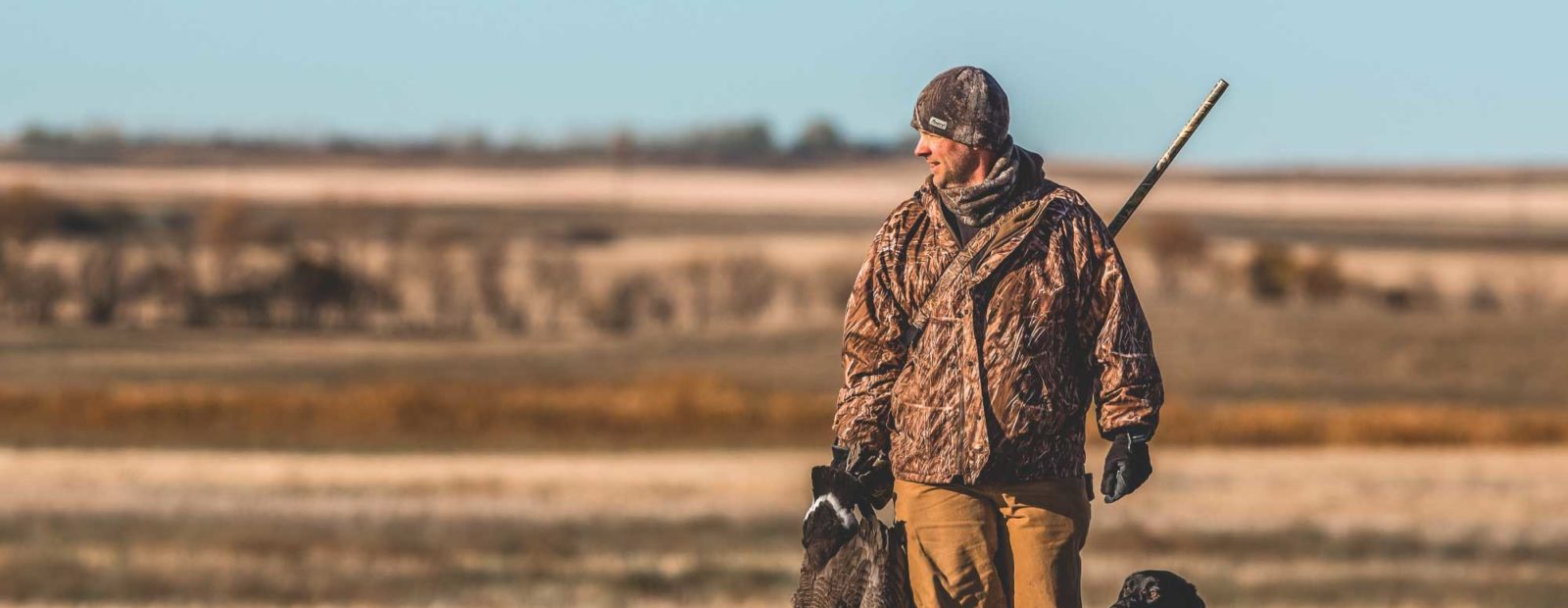


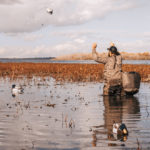
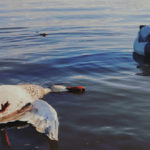
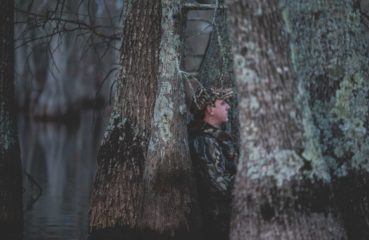
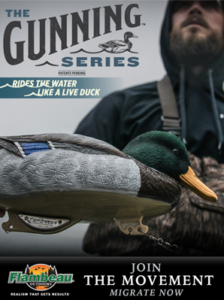
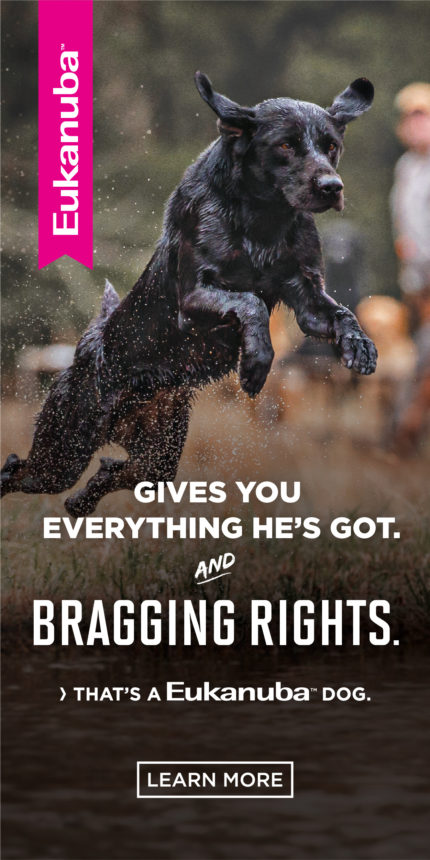


0 Responses to :
Waterfowl Hunting in North Dakota